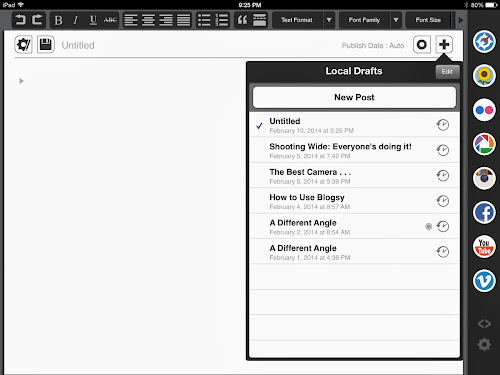Or maybe a better question is: what is 3D printing? This short video does a good job of explaining the technology and it's potential:
3D printing has already been used to create a wide variety of products. A few extreme examples are:
- a handgun made of plastic
- a motorcycle that was customized using 3D printed polycarbonate parts that has:
- won the 66th Annual Sturgis Motorcycle Rally
- won the Discovery Channel’s Biker Build-off competition
- set the AMA (American Motorcyclist Association) certified land speed record reaching 136 mph at the Bonneville Salt Flats.
The bottom line is anything you can design on a computer you could conceivably create with a 3D printer.
Pop culture even bought into the 3D printing trend when TV's favorite geeks got on board during an episode of "The Big Bang Theory."
Those who are watching this trend say the day will come when every household will have a 3D printer, just as every household now has a computer. But that day isn't quite yet.
The cost of 3D printer technology is still relatively high--the printer that created the gun in the above video cost $8,000. Having said that, take a look at the following screenshots from Amazon.com. These show 3D printers from $350 to $2200.
Also keep in mind that the price will continue to drop. The first computers were expensive--and huge. The first U.S. military computer took up 1800 sq. ft. and cost the equivalent of millions of dollars in today's economy. The first home computer cost about $10,000.
The following is a chart of current and projected 3D printing adoption, courtesy of futurist Christopher Barnatt, the man behind the Explaining the Future YouTube channel.
With 3D printing, the sky is no longer the limit. Researchers say that 3D printing could make:
- vaccines
- human tissue from DNA
- structures on the moon or even Mars
Okay, let's not shoot for the moon quite this soon. Let me ask you this: what could a 3D printer do for you now?
Think about it. What do you want or need right now? Wouldn't it be great to have the choice of either going to the store to buy it or designing and building it right in your home?
As I look around my house, I can see several things. First, there's that little spatula in the kitchen that's wearing out, and we can't find another one just like it anywhere. Yet it's so handy, we hate to throw it away. With a 3D printer we could have a new one later today, or maybe first thing in the morning. Or what about that lid that cracked on the Bosch mixer? We've had it long enough that there's a new model out, and parts for the older model may be hard to find. But with a 3D printer, no problem. Or what about the roller that broke off the dishwasher rack? Same thing--I can order it and wait for a week (or two) to get the part--after I pay a hefty shipping fee, or with a 3D printer, I could have it made today while I'm out and install it tonight.
That's three examples and I haven't even left the kitchen yet. With this technology, the possibilities will be endless.
Keep an eye on this technology. I think it really could be the next best device in our digital age.















